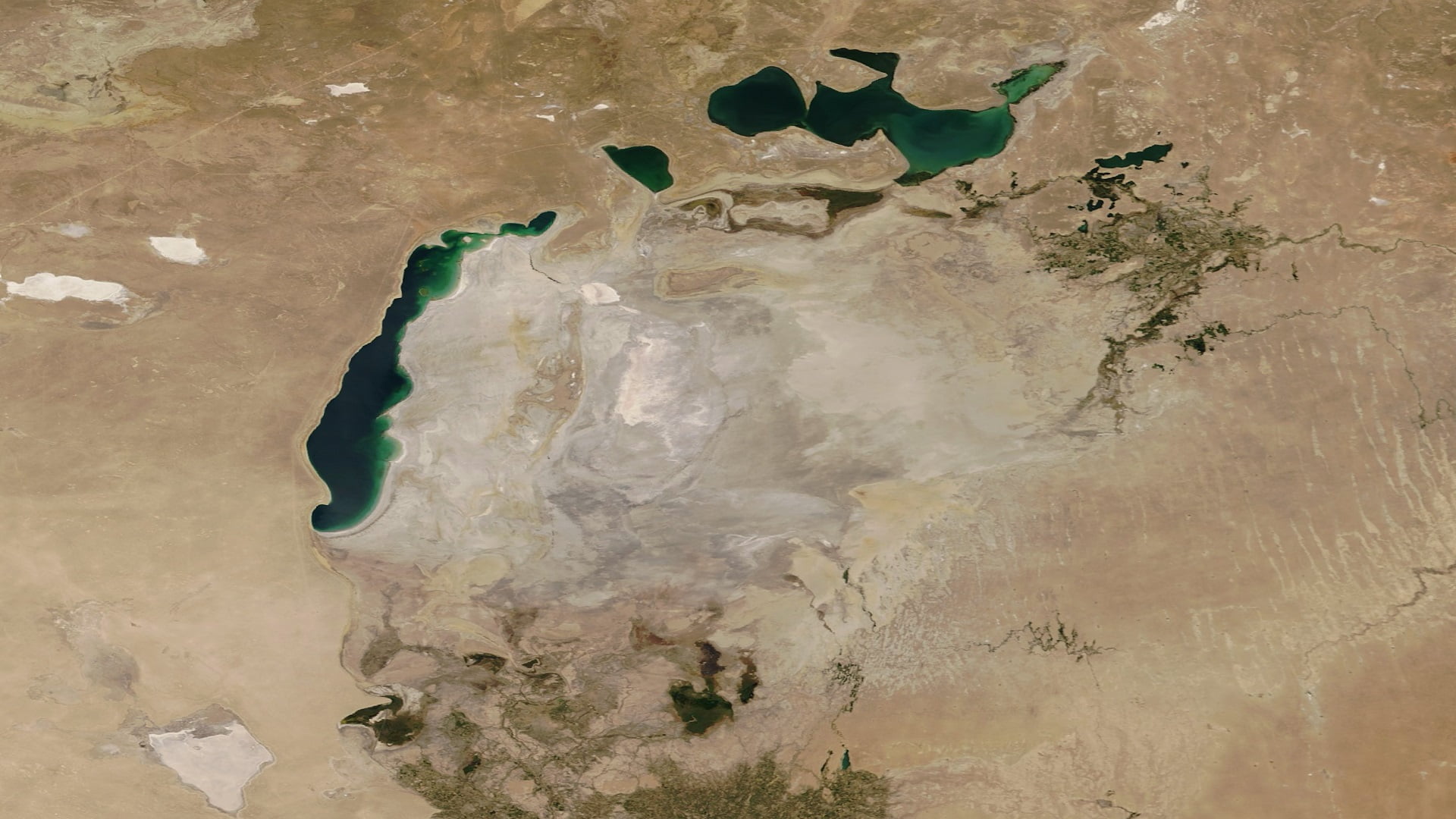Formerly part of the Soviet Union, the Aral Sea was the fourth-largest lake in the world. Later the Aral Sea was dried up due to their ambitious projects. Lake Victoria, Lake Superior, and the Caspian Sea ranked first, second, and third respectively.

It would not be wrong to say that the Aral Sea is currently dead. The drying up of this lake had a negative impact on the surrounding nature and human life.
Evaporation rates were high due to the lake’s location in the heart of the desert. However, the lake never dried up due to sufficient water supply from two nearby rivers.
After Joseph Stalin came to power, Russia decided to change the landscape for development. Major activities were then carried out for the development of agriculture and industry.
Cotton farming was important to the economy of the Soviet Union in the 1960s or so. Later, the Aral Sea was gradually drying up due to a lack of sufficient water.
At that time, cotton cultivation in Uzbekistan and Turkmenistan greatly increased, which began to have a negative impact on the Aral Sea. Two rivers bordering the Aral Sea were also drying up for cotton cultivation alone.
Later, due to climate change, the rate of evaporation in the Aral Sea increased due to the heat of the sun. In 2014, the amount of water in the Aral Sea decreased by 95 percent compared to 1960.
The once vast Aral Sea has almost disappeared today. Currently, the economy of Uzbekistan and Turkmenistan depends on cotton cultivation, so revitalizing the Aral Sea is not possible.
In the past, when there was water in the Aral Sea, there was sufficient fishing. Later commercial fishing ceased. Fishermen who depended on the Aral Sea were later forced to change occupations and settle in other regions.
